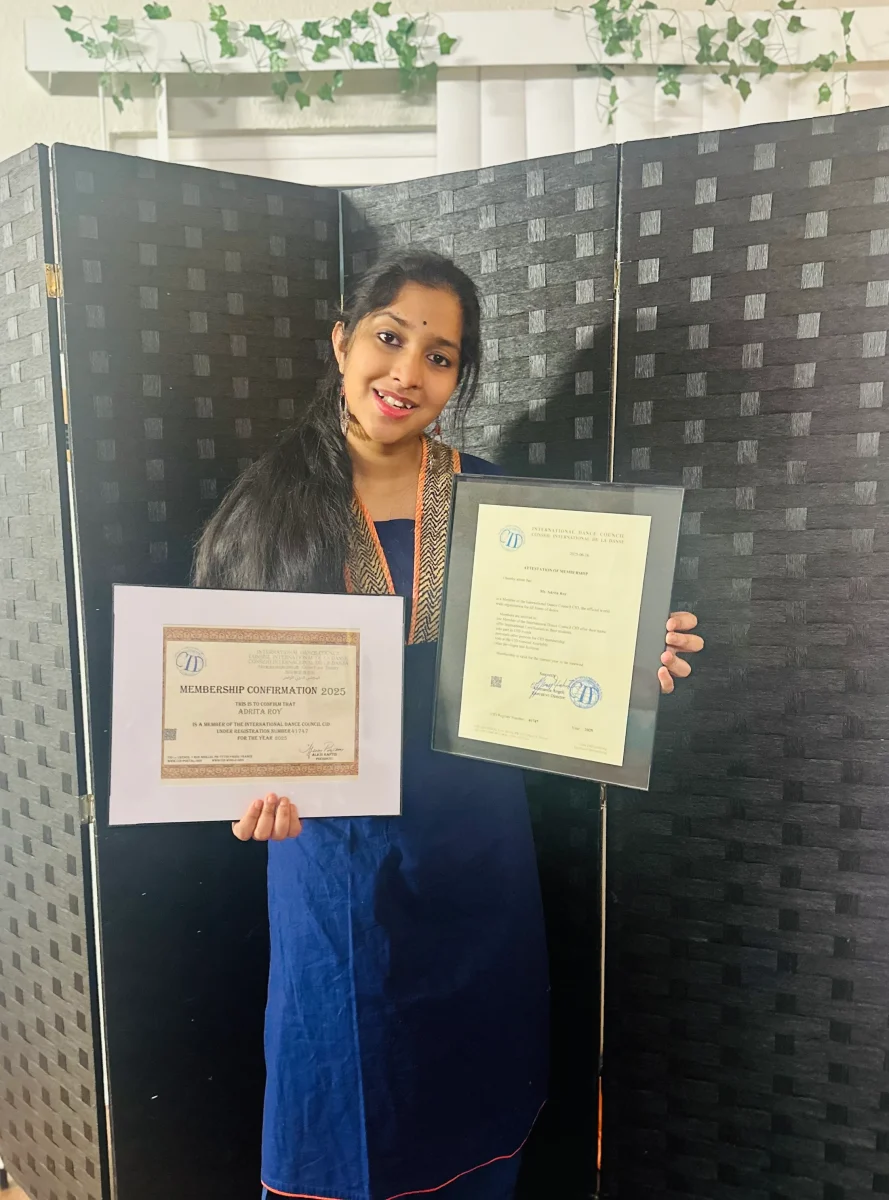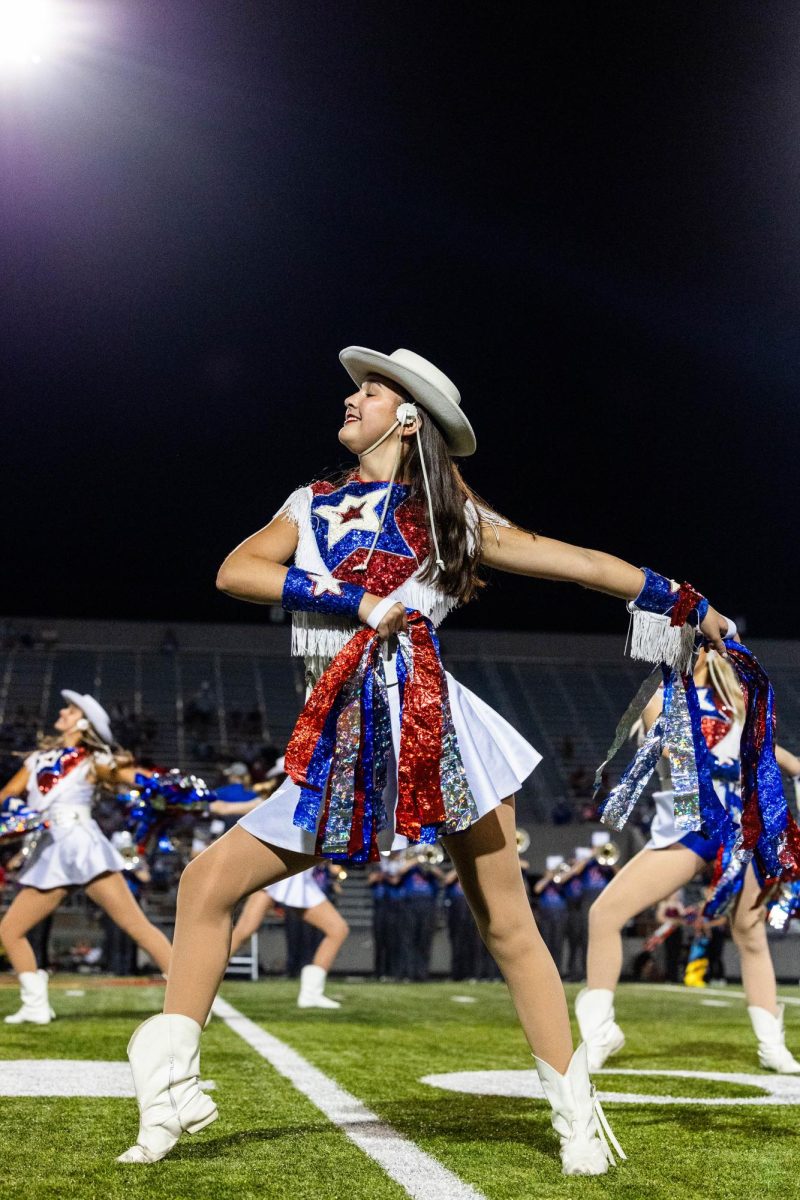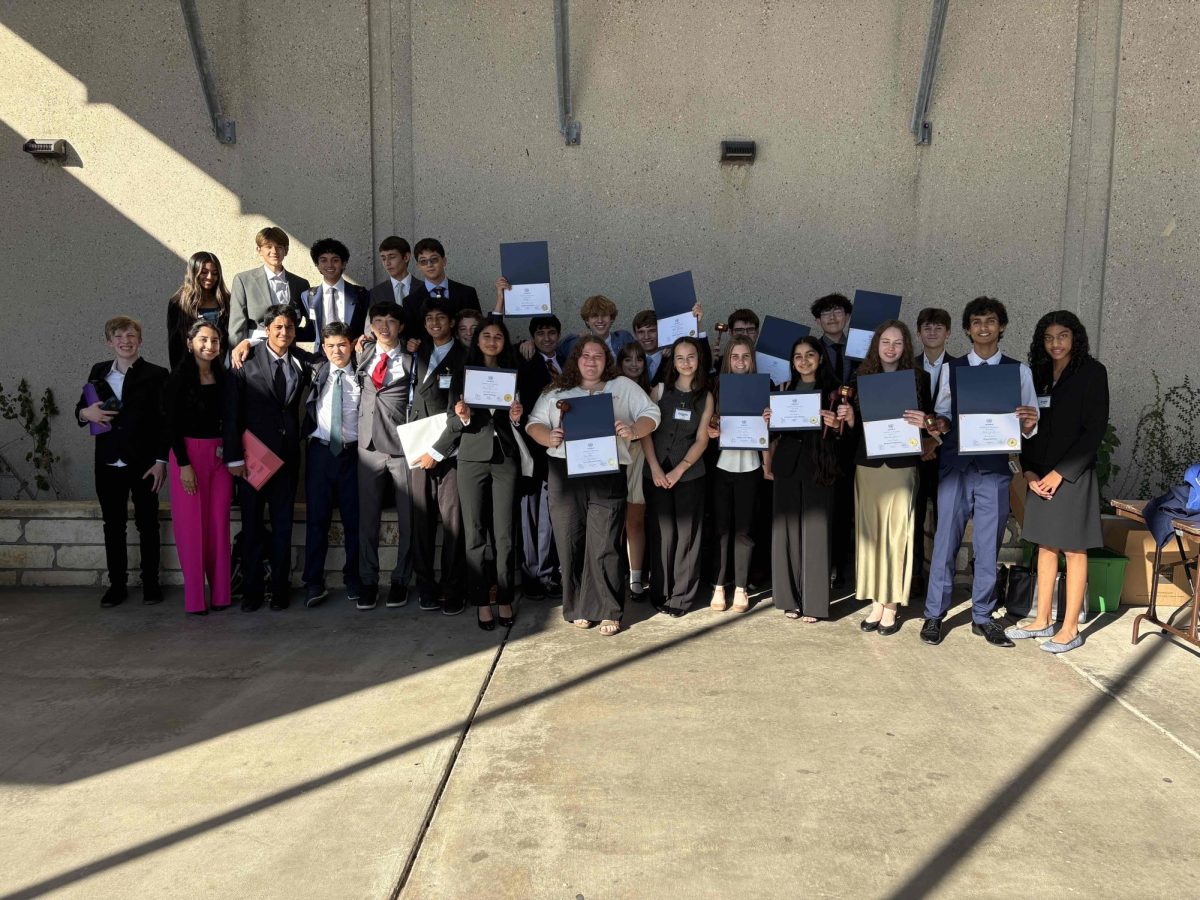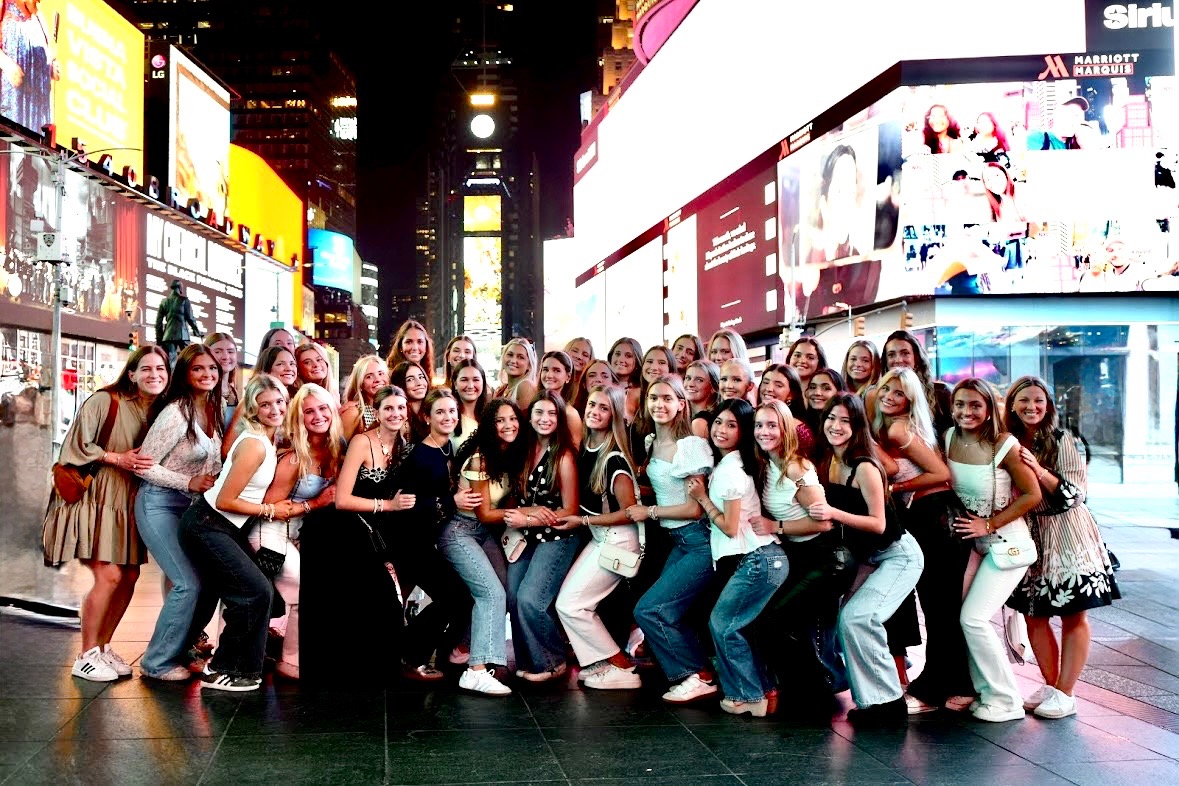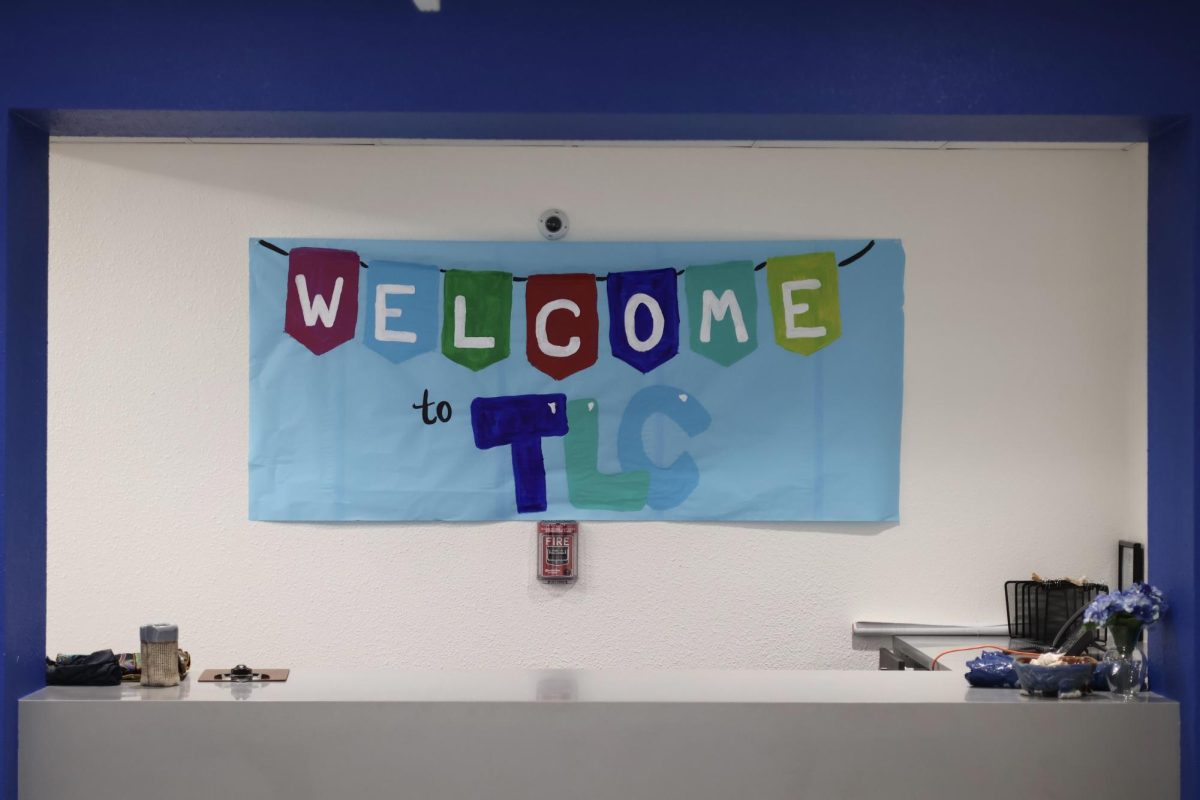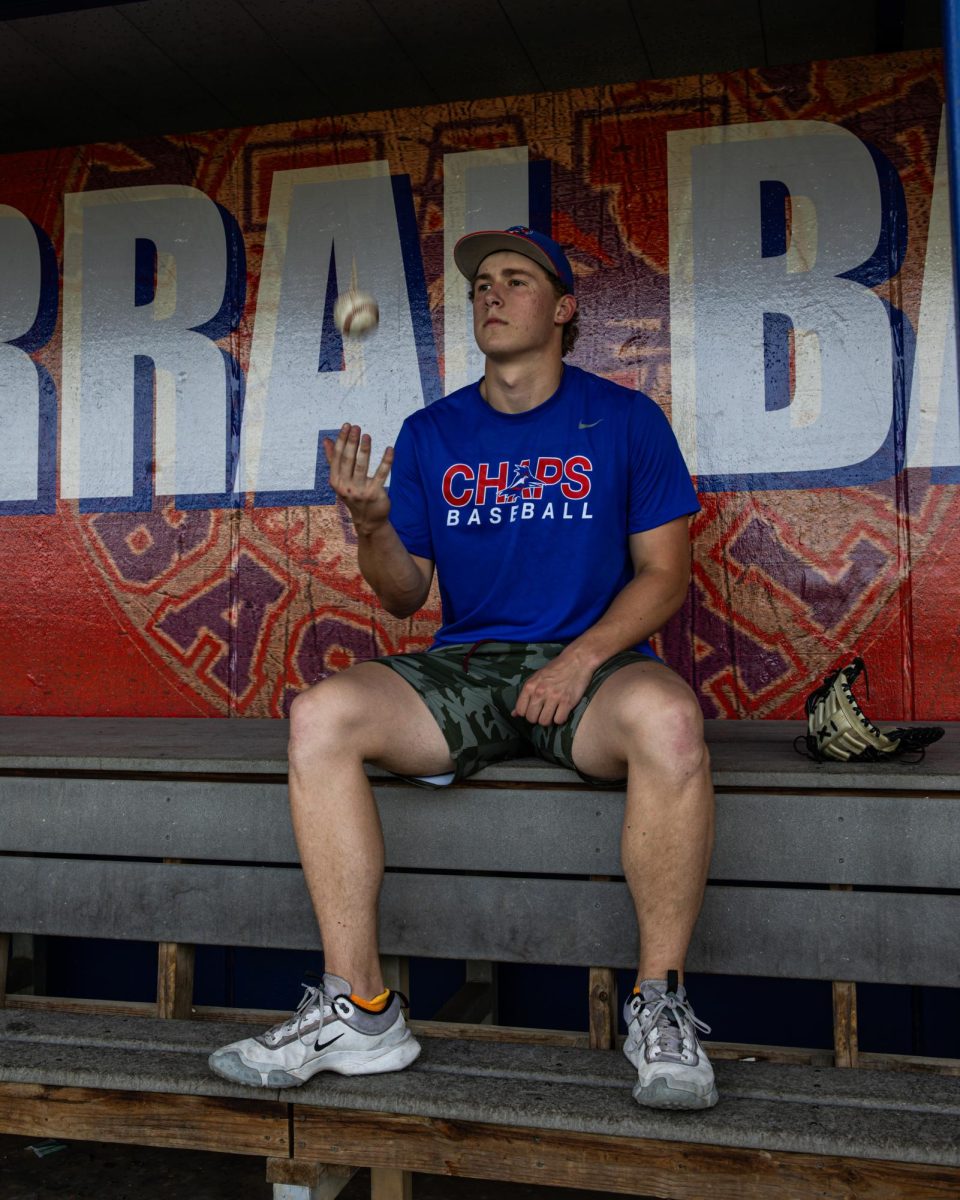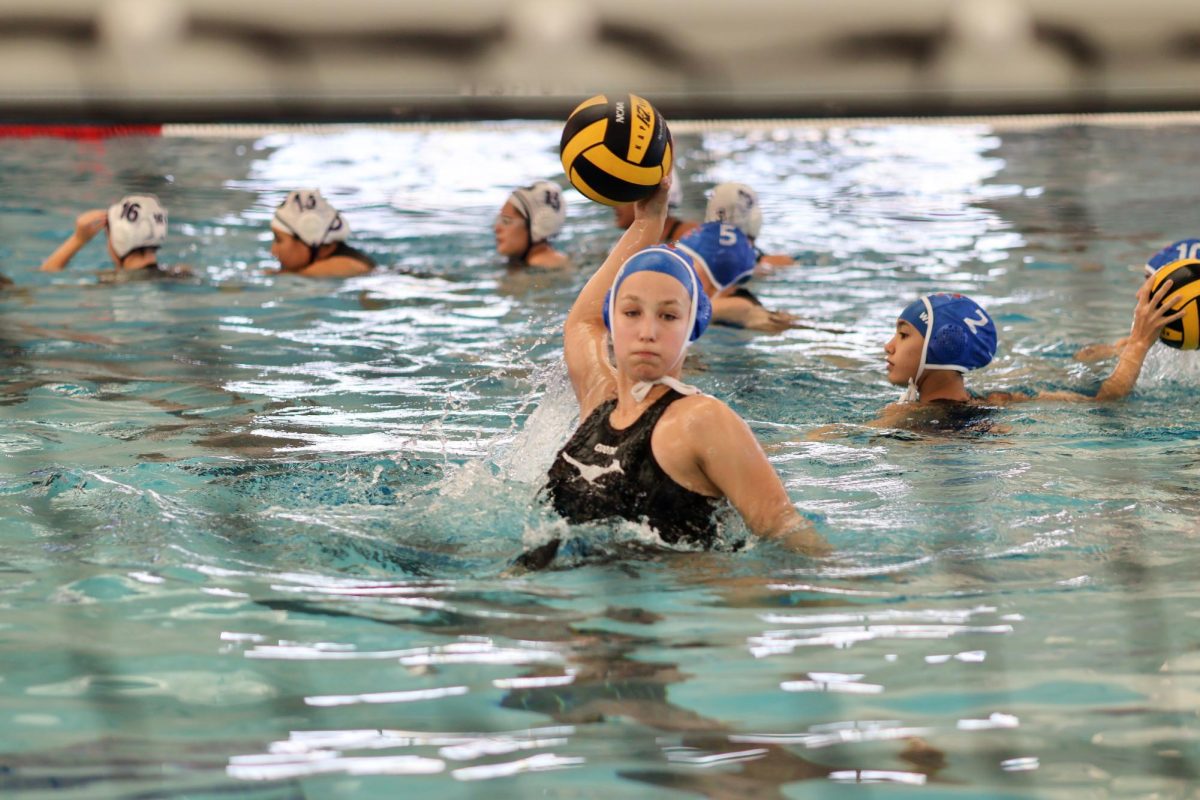Junior Adrita Roy applied to the UNESCO Council of International Dance at 3 a.m. in her sophomore year. She is not an adult. She has no institution backing her up. She’s a teenager applying solo to a prestigious dance organization.
The UNESCO Council of International Dance (CID) accepted Roy’s application for membership in May. Being “the official umbrella organization for all forms of dance in all countries of the world,” the council cooperates with thousands of institutions and individuals in 170 countries to organize workshops, competitions and events.
Roy was invited to perform a classical solo at one such event: the Third World Festival of Indian Dance in Athens, Greece, which took place July 14-16. She was not able to attend as the dates overlapped with her medical internship.
“I’m very blessed that the Council of International Dance has been so open-minded regarding my experiences and my journey,” Roy said.
Joining the CID is another step in Roy’s over decade-long dance journey.
“Dance is a way to destress for me,” Roy said. “Even if I’m doing a very hard lesson on a specific choreography, I believe [that] because I’m so passionate and have grown over the years, I can utilize dance as a way to shut off the chaos of life and just destress.”
She started dancing at 4 years old when she lived in Bangladesh, performing her first solo at 5. For her, dance is a family tradition. Her grandmother is a national-level judge for competitive dance and has performed for over 40 years, and Roy’s mother has participated in several national competitions.
“I feel like this is something that came to me very naturally,” Roy said. “I don’t remember my mom or grandma specifically telling me that [I had] to do it, but I guess this influence was really enjoyable for me.”
Roy moved to the US at 9 years old and began training seriously a few years later. She felt vulnerable at that age, as a tween who was relatively new to the country. The sudden culture change meant she became very distinct appearance-wise and skill-wise, but it also gave her the opportunity to celebrate her culture through dance.
“I think that made me a lot more open minded about other cultures as well,” Roy said. “Because I figured if I love sharing my culture so much, it’s also a blessing to learn other cultures from others.”
Although Roy began her formal training with Bengali traditional and folk, she now focuses on kathak, a North Indian dance form known for intricate footwork and expressive storytelling.
When she started high school here, Roy used to discuss her experience and passion for dance with her friends, juniors Dhwani Nathan and Rishi Shah.
“I was super impressed,” Nathan said. “I was like, you should actually do something with that because you’re so experienced. You should spread that – because she was talking about wanting to spread the culture, and I was like, definitely make the club, and we can teach others.”
Nathan and Roy decided to co-found Nritya Mandala, the school’s South Asian dance club, with Shah as a major club officer. Roy highlights the cultural diversity celebrated by the club in tandem with its celebration of South Asian culture.
“There are people from a variation of races, backgrounds, age groups, and also experience in performing arts,” Roy said. “And I think probably that is the single most beautiful thing of Nritya Mandala.”
The club has had a performance in a local temple featured on international television in the past. Now, the dancers aim to take the club even further on an international level. Within Austin, they are in the process of launching NM Junior, said Roy and Shah, a program which spreads the activities and ideas of the club to students in elementary and middle schools.
One of Roy’s biggest goals as a member of the CID is to connect her community with UNESCO and the greater United Nations because of its affiliation with social issues. She hopes not only to represent Austin on a global scale, but also to help young people realize they can make a difference.
“Making a difference doesn’t have to be related to your age group, and teenagers and students have the opportunity,” Roy said. “My biggest goal is to connect, particularly, the issues of women’s rights, and gender-based violence, through […] UNESCO and performing arts in Austin.”
As Roy hopes to make a difference through dance, she encourages people to do the same by pursuing whatever they are passionate about.
“I believe the single most [important] thing that is required to get there is passion,” Roy said. “And if you can maintain consistency and persistence with passion, [then the] UN and these organizations [will be] a big platform and blessing to connect. […] Please pour all of you into it, and it will definitely work out.”
At the same time, Roy points out that her love for dance means that she is nowhere near the end of her journey.
“The saying goes, ‘when it comes to classical dance or classical training, probably one lifetime is not enough,’” Roy said.

